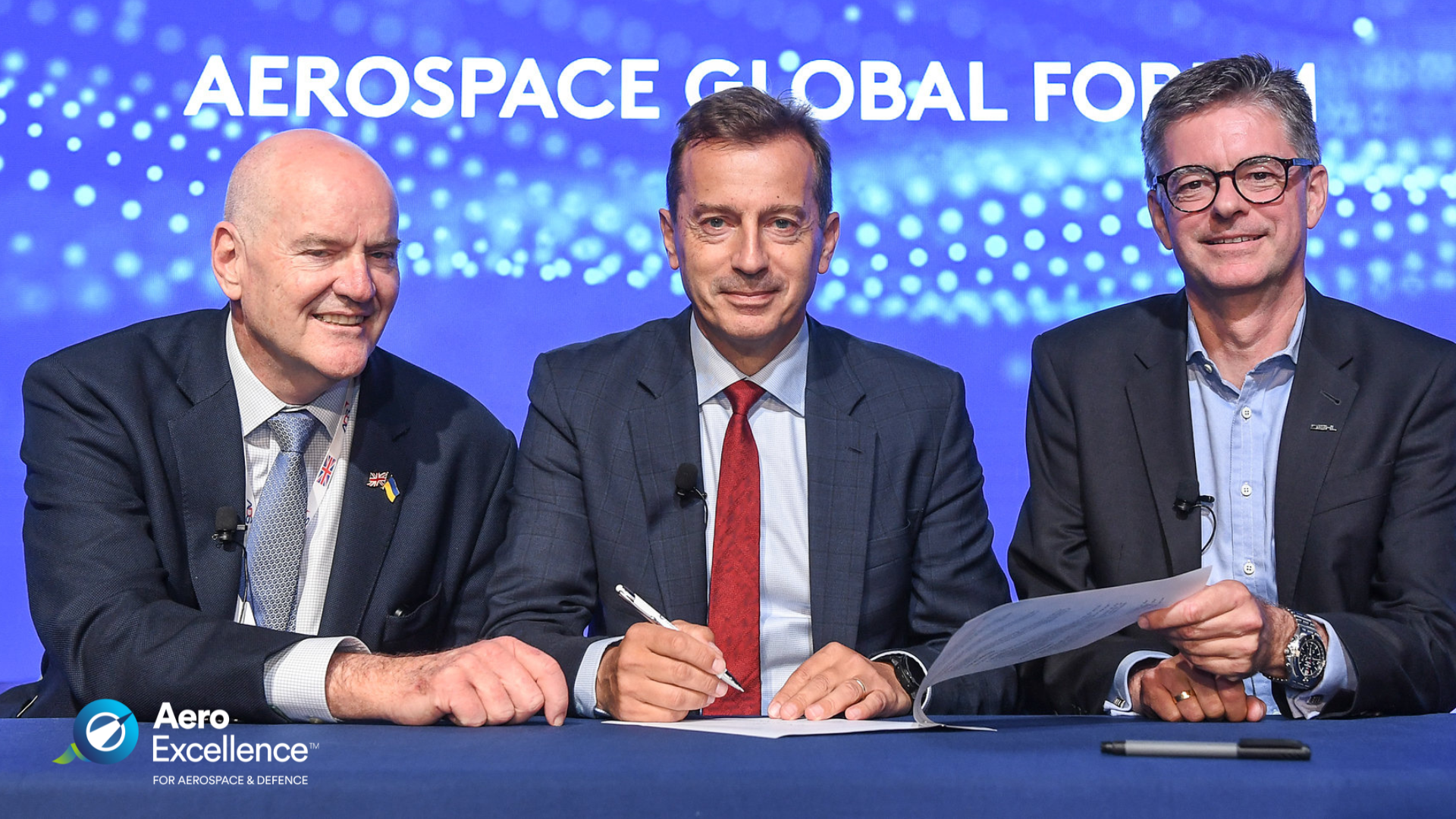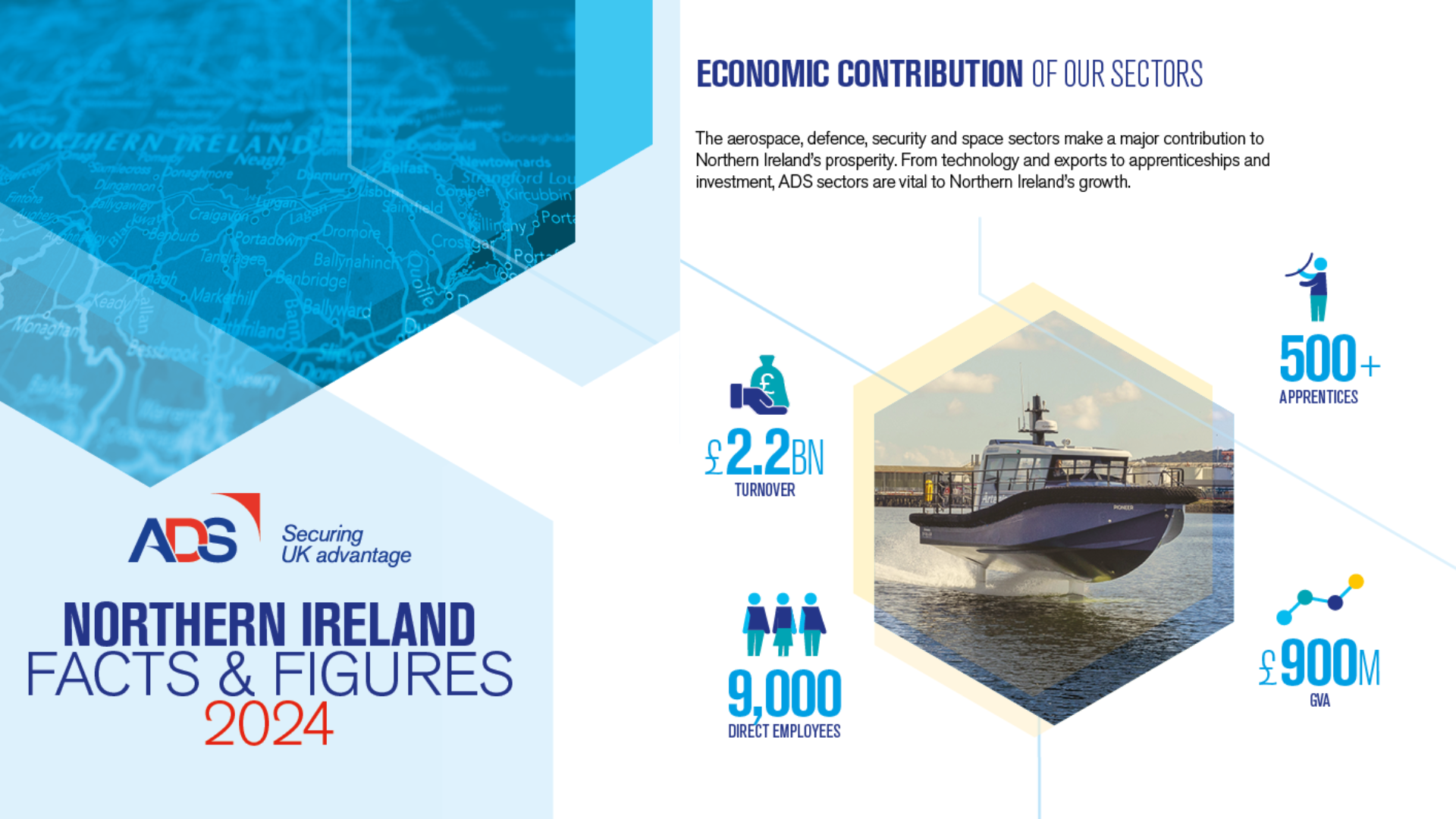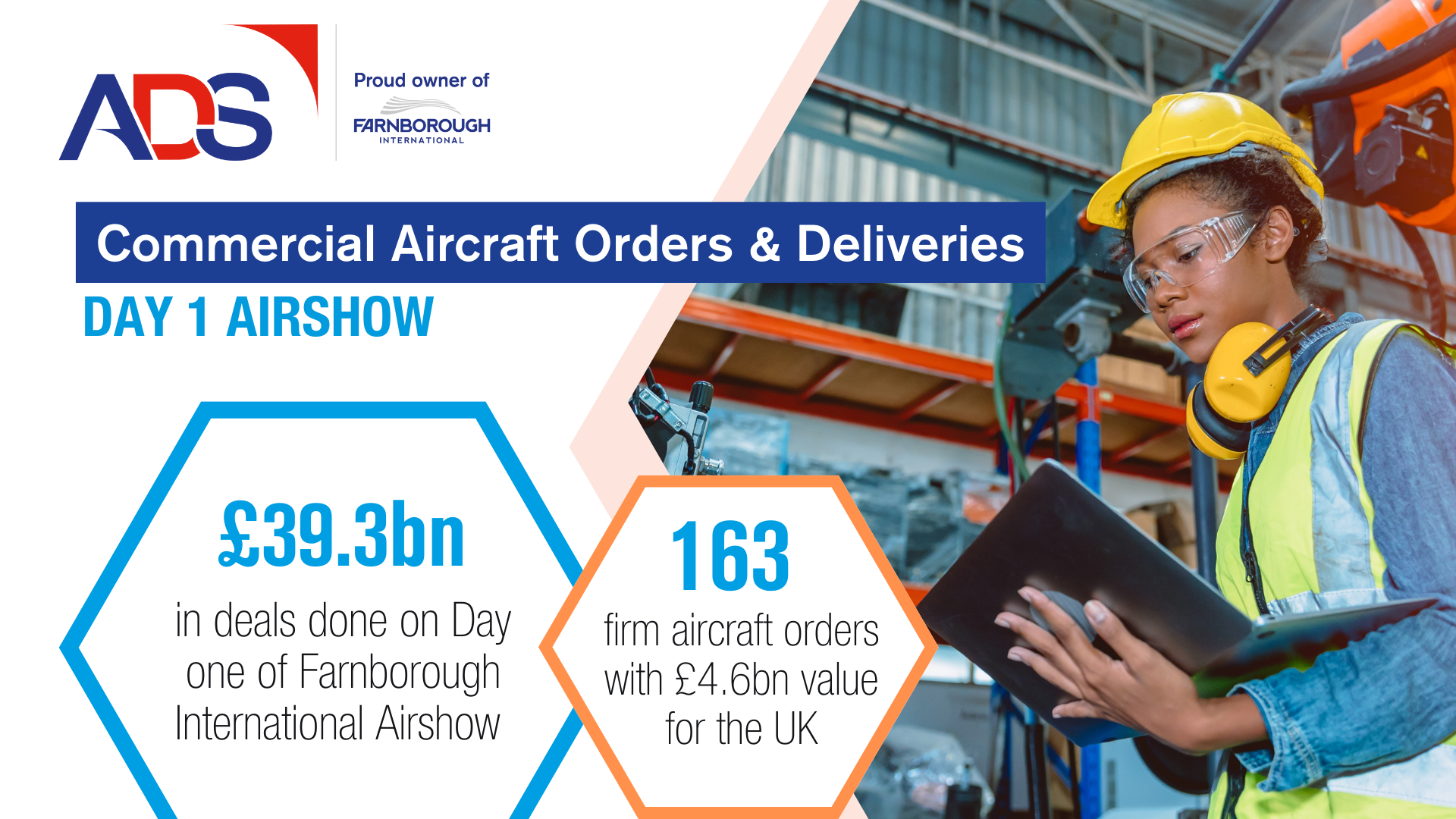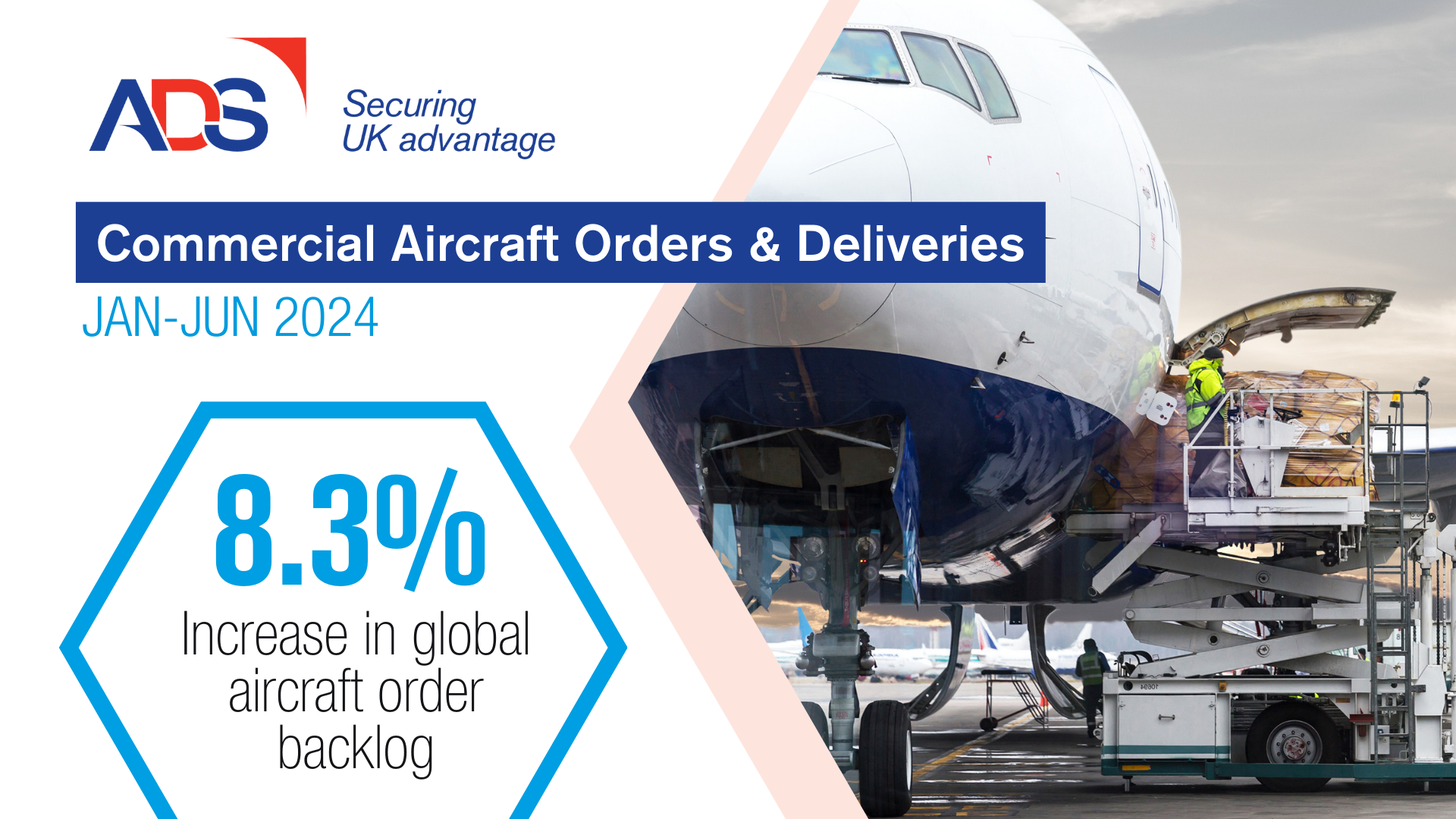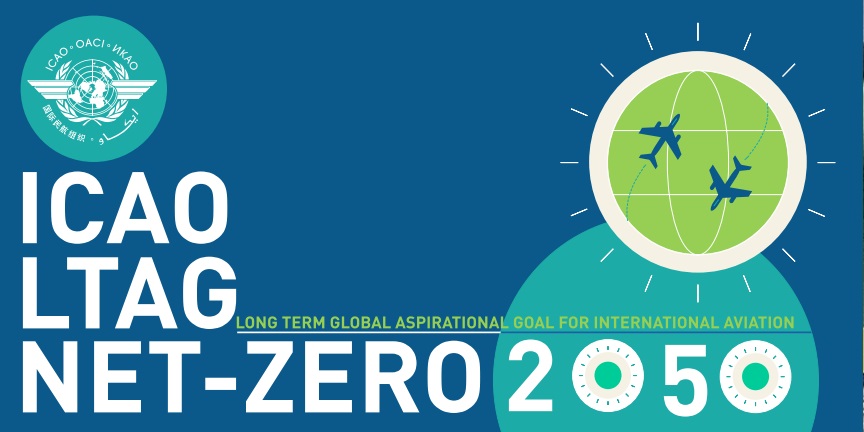
When the global aviation industry agreed to a global carbon offsetting scheme, CORSIA, six years ago, it became the first industry to achieve such a feat on an industry-wide basis. Last week saw a similarly momentous achievement when member states of the International Civil Aviation Organisation (ICAO) agreed to a long-term carbon goal for the global aviation industry.
What is the long-term goal?
The ICAO Assembly, meeting for the 41st General Assembly over the last two weeks, agreed to set a long-term aspirational goal to reach net-zero carbon emissions by 2050. This goal brings the aviation industry’s targets in-line with those of the 2015 Paris Agreement was the culmination of years of hard work by member states and industry representatives to ensure, with the UK Government playing a leading role in fostering and driving negotiations. Reaching net zero by 2050 will be achieved through a combination of new and innovative aircraft technologies, streamlined flight operations, and increased production and deployment of Sustainable Aviation Fuels.
Why does this matter?
The passage of a long-term target is a clear signal of the commitment that the global aviation industry has undertaken to become more sustainable and tackle the climate challenge. It provides the certainty and international policy environment, when combined with other measures such as CORSIA, for the aerospace and aviation industry to assuredly take the steps needed now to deliver net zero by 2050.
What else was agreed?
The long term goal was part of a package of measures that were agreed by the 183 countries attending the Assembly. In addition to the target, this Assembly also saw the first periodic review of CORSIA, a planned triennial review drumbeat to ensure that the scheme is as effective as possible. It was agreed that the baseline for the first full phase of CORISA, which will begin in 2024, will be 85 percent of 2019 CO2 levels, a welcome move that will give CORSIA the teeth needed to make a difference.
What comes next?
While the negotiations and outcome were an important step in the right direction, the focus now turns on implementation. There is a long way to go to delivering on the goal, and so it is up to manufacturers, airports, airlines and the entire aviation industry, along with individual ICAO member state governments, to produce a credible action plan. In the UK, the Jet Zero Strategy was launched at the Farnborough Airshow, a viable pathway for UK aviation to reach the goal agreed at ICAO. ADS and ADS members will have a big part to play in that, and are ready to do so in the years ahead.

